Feb. 23-Mar. 25, 2010
The big news of the month is that Planet Drum has changed houses, so the office and living space for the volunteers is now in a new location (304 Calle Riofrío). Since it’s only a block and a half away from our former apartment, it’s not that different, but it feels like a large change, and has been a significant amount of work to make the move. The major benefit is that there is more space at the new house (it is almost twice the size), along with not having to share a water cistern with other households, a more sane landlady, working bathrooms, not having to worry about bothering the neighbors when we have parties, and significantly fewer cars with overly sensitive alarms outside, among other benefits.
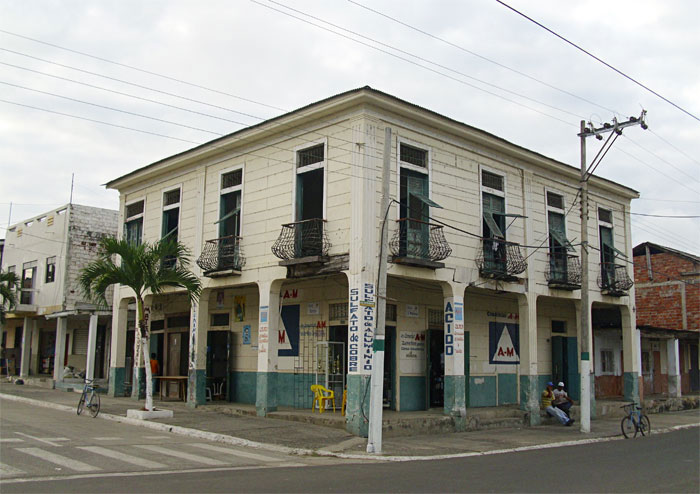
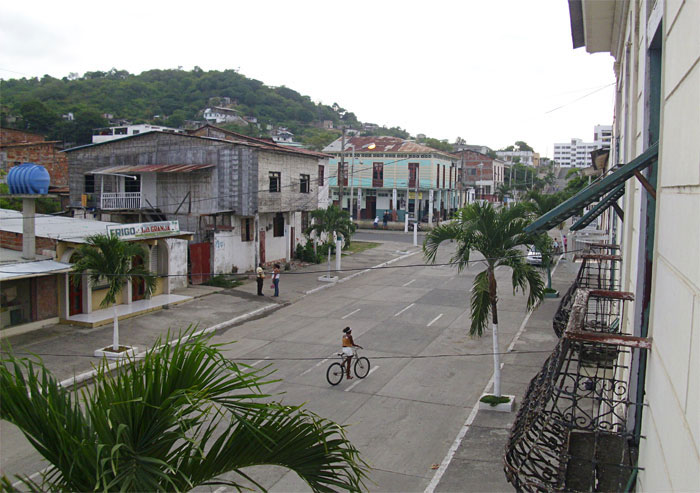
The other piece of special news involves creating an ecological city, Bahia Ecociudad. The Minister of the Environment for Ecuador, Veronica Scion, visited Bahia on February 24th one day after the 11th anniversary of the declaration of Bahia as an eco-city to announce a plan that will make Bahia a model of garbage handling for all of Ecuador. Hundreds of thousands of dollars have been ear-marked by President Rafael Correa to begin recycling and garbage separation programs in the city. It is exciting because Bahia is attracting attention on a national level for its attempts to be an environmentally friendly city. Hopefully the local government will be able to capitalize on this opportunity and put into action the plans that have been proposed.
As part of the ceremony, the Minister presented awards to local people and organizations that have continuously worked hard to help Bahia be more of an ecological city. Of about a dozen awards that were presented, Planet Drum received one for its revegetation project and Ramon Cedeño, Planet Drum’s lead Bioregional Education teacher, received another for his work in environmental education.
After the ceremony I got the chance to say hi to Veronica Scion and presented her with a 2010 Planet Drum calendar, which features photos of Bahia and our projects. I also gave one of the calendars to Roddy Macias, the director of the department of the environment for the province of Manabí.
Eleven years after the declaration of Bahia as an ecological city, the results are not immediately obvious to a visitor who comes here for the first time. Despite being relatively clean and safe compared to other cities in Ecuador or even South America, Bahia does not necessarily jump out as an ecological city. But to the trained eye, there are signs that things are a bit different here. Ecological (tricycle) pedicab taxis zip cleanly and quietly about the city. Revegetation sites are visible on the surrounding hillsides. Cooperatives of women collect and recycle paper into gift cards, bags and picture frames. At one point, though not currently, residents separated their organic and inorganic garbage, reducing landfill usage by up to 40% for some neighborhoods and creating a marketable product, compost, at the same time. Dozens of groups have been involved in various ways with the movement. Of them, a core group has been present throughout the years. Countless hours of work have been dedicated to the cause.
One of the recurring problems in the progress of the Eco-city, and presumably the reason for the previous unfortunate repeated failure of the garbage separation program, has been a lack of funding. The tax system in Ecuador is not the most logical and acquiring money for projects can be next to impossible. But it appears Bahia has been given an incredible opportunity, and the years of hard work and sacrifice made by local ecological groups may have paid off. We will have to wait for actual results to see.
The President himself has recognized that Bahia is not an average city and is willing to foot the bill for a program that would restart the garbage separation program and put Bahia in the environmental spotlight on a national level. Now the mayor and current political administration need to demonstrate that they are up to the challenge. Otherwise funding will be cut. The timing could not be more critical since completion of a $90 million bridge connecting Bahia to San Vicente and creating unprecedented coastal transportation integration is slated for this November. The threat of traditional modernization and its negative impacts on local ecosystems looms greater than ever.
Planet Drum continues to advise local government officials and politicians on strategic ways to restore local ecosystems. Its local reputation, due to years of gritty, sweaty, hard work, is as high as ever. Our hope is to raise awareness about how to live bioregionally; and our projects are examples of how to put theory into action.
During the past month, we’ve seen a noticeable drop in the amount of rain fall. Despite an occasional drizzle and even less frequent downpour, we are reminded of how painfully short the rainy season is in this region. This results in a heightened appreciation of how beautifully green everything is right now. We’re also in record territory for the number of amazing sunsets in a row.
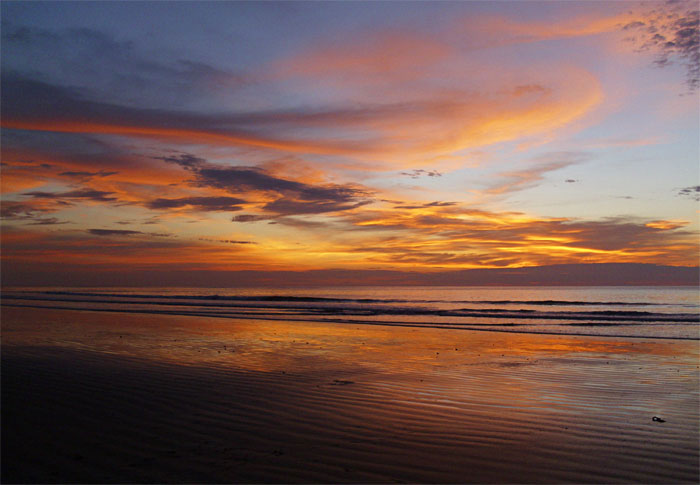
Our daily routine involves continuing to plant trees and maintenance of the recently planted revegetation sites. There’s a ton of work that needs to be accomplished and fortunately we’ve had fantastic volunteer support. Everyday we get an astonishing amount of work done, but yet it’s all we can do to finish transplanting the trees that are still at the greenhouse and revisit planted sites to chop vines and other weeds that strangle and out-compete the small trees and even knock over the stakes we placed to mark where the trees were planted.
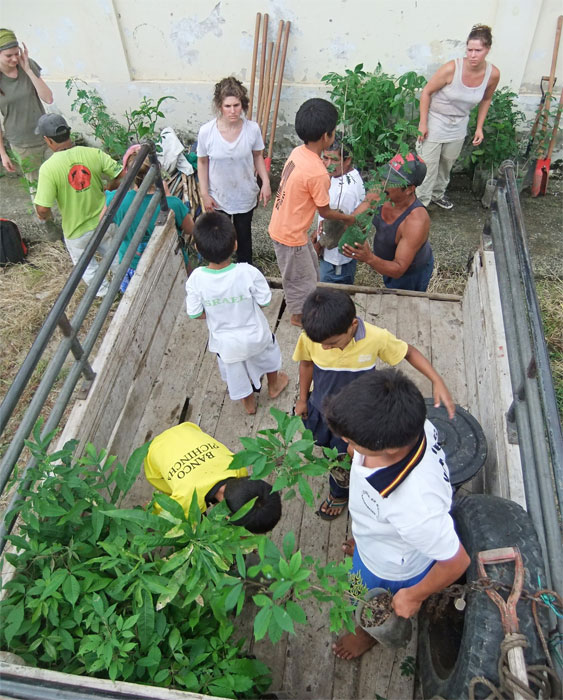
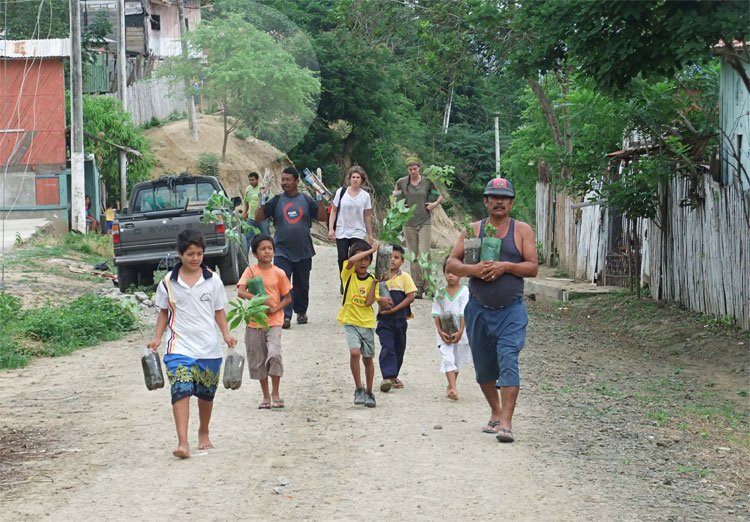
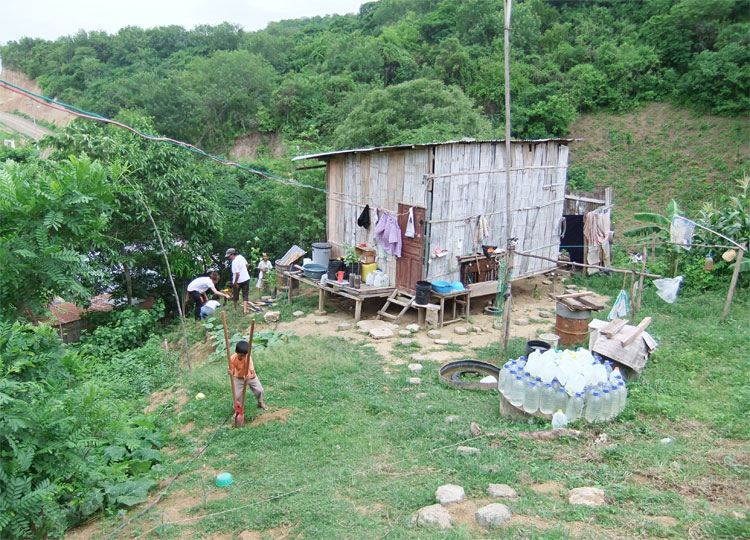


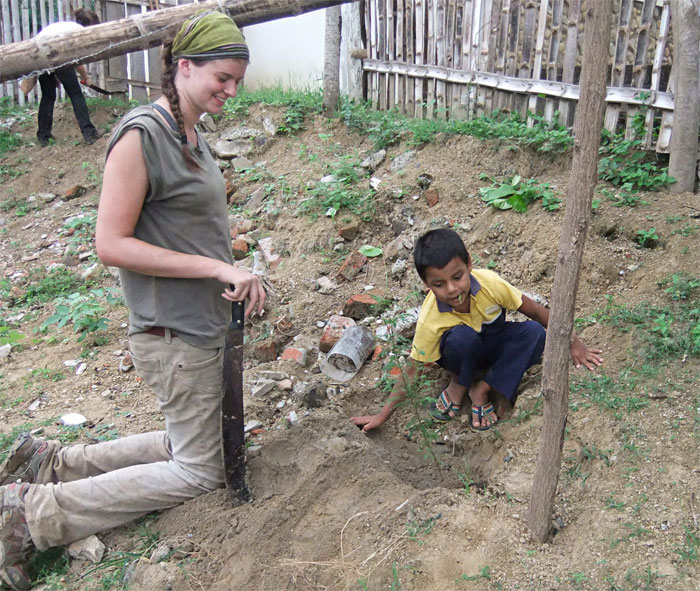
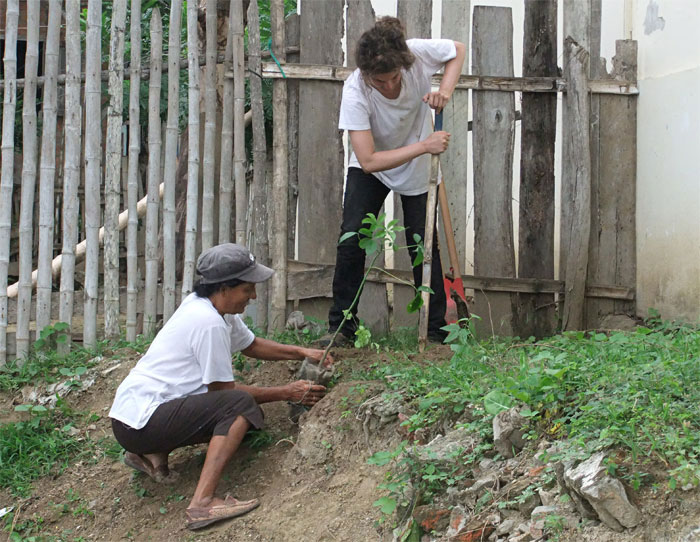

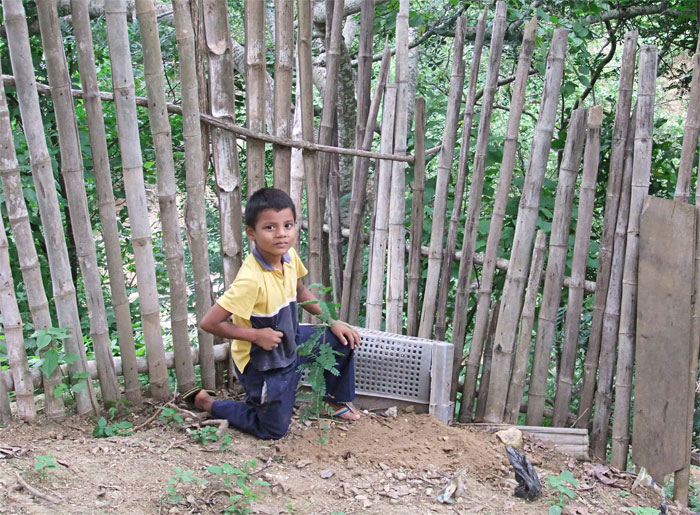

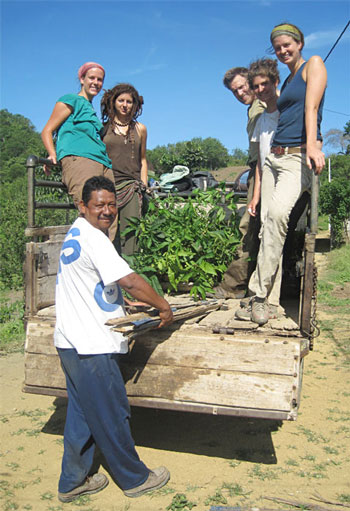
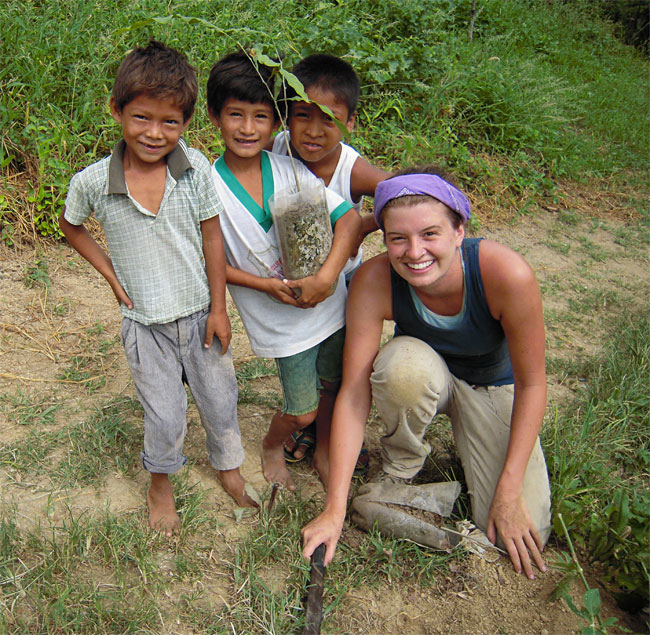

Repeated thanks must be given to our relatively new Field Foreman Orlando for his enthusiasm for the revegetation work. He shows overwhelming dedication to each tree that we plant, and despite a language barrier with volunteers, who have a lower facility in Spanish, they can identify most of the tree species we plant.
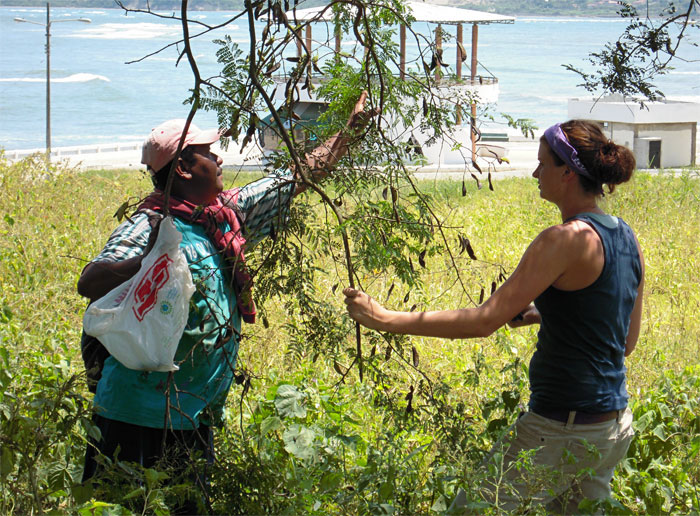
The El Toro site was expanded to 505 native trees. And we’ve begun work in Orlando’s neighborhood Bellavista. A new site has been created with approximately 400 trees (bringing this year’s total to 7 sites and 2,250 trees). Local residents and children have come out to help us plant the trees there. And for further inspiration, dotting the hillsides is evidence of previous Planet Drum work, from Heather Crawford’s tenure, in the form of trees which are now 20-25 feet tall.
Also begging for attention is the greenhouse, which now appears to be almost entirely devoid of seedlings and saplings. We’ve done our best to keep the weeds from taking over, but new seed beds need to be planted for next year’s revegetation sites. Just when it appears as though we’ve caught up with work, there’s more to do. At least that hasn’t changed.
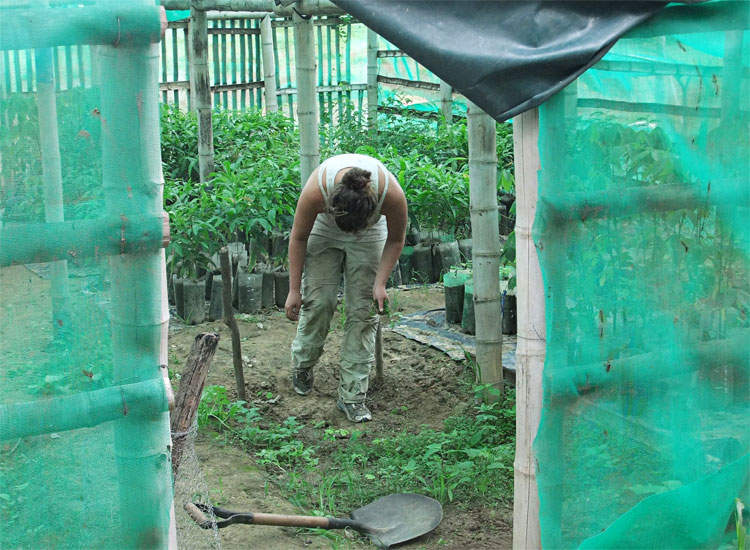
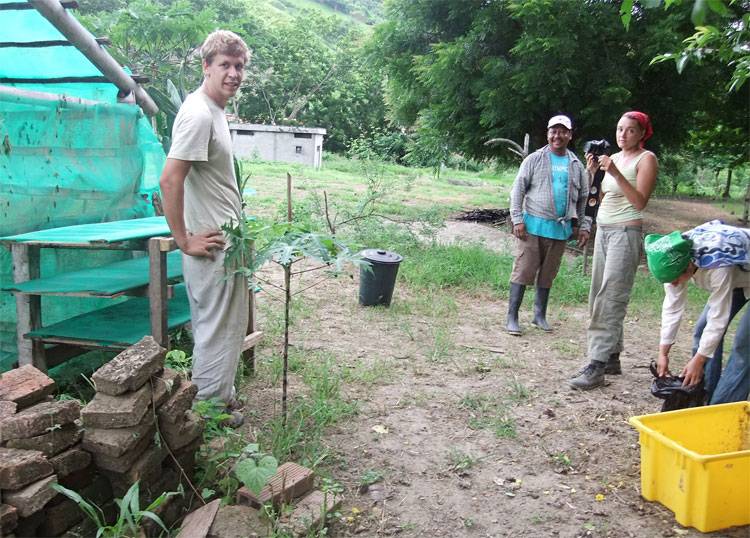


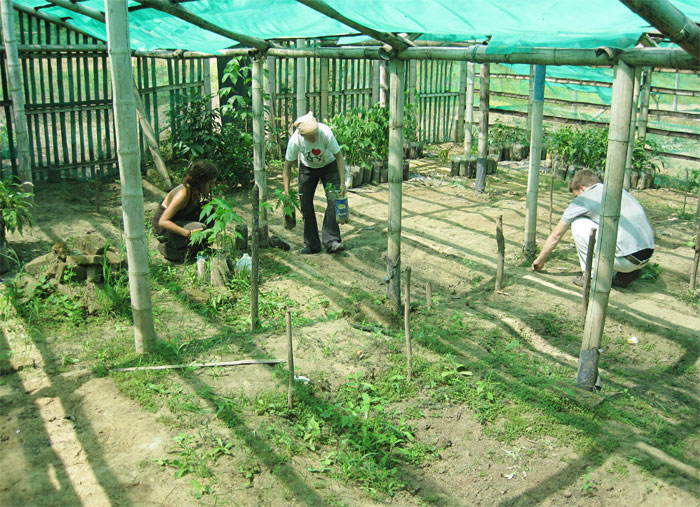
Pásalo bien,
Clay

Your point of view caught my eye and was very interesting. Thanks. I have a question for you.